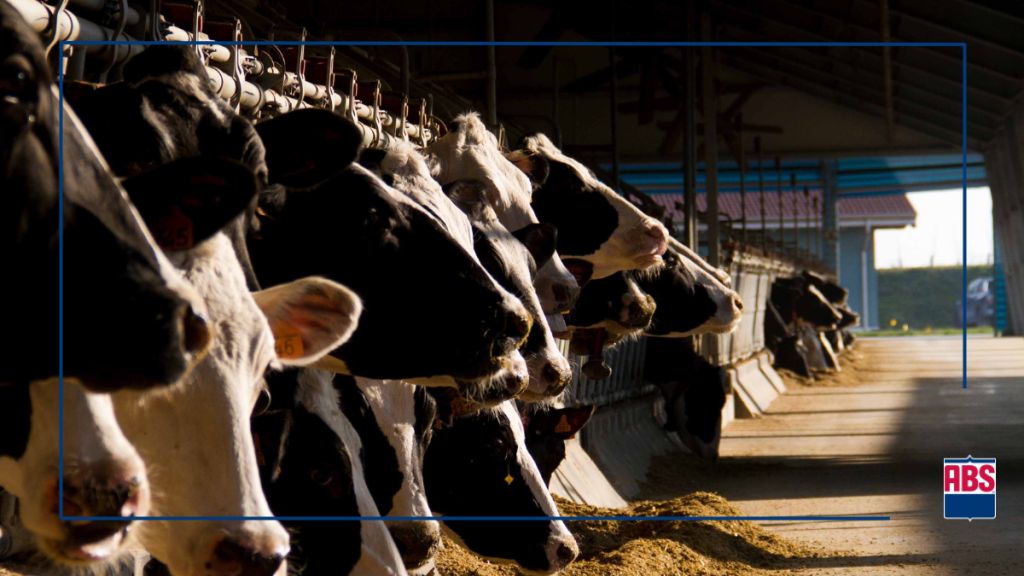The decisions made by some farmers, and even genetics companies to only pursue a few genetic lines has resulted in a small number of sires included in their genetic plans. Ignoring diversity and concentrating solely on one genetic line raises the possibility of long-term problems, such as those that frequently result from inbreeding. That’s why ABS aims to provide a lineup with genetic superiority and diversity because it is crucial to maintain a balance of both.
What is Genetic Diversity?
Genetic diversity is the number of different bloodlines usedwithin a customer’s herd or a genetics company’s breedingprogram. It is determined by the number of different sires,maternal grandsires, and maternal great grandsires of bullsused in a breeding program.
Reasons Why Genetic Diversity is Important to Watch
- Because the average size of dairy herds is growing, a larger team of bulls is increasingly required on a dairy.
- The industry’s adoption of genetic protection is resulting in its evolution, which has essentially eliminated the practice of studs using the best bulls of others to produce their sires.
- The trend toward using genomic bulls over proven bulls is still ongoing, necessitating the use of more bulls because genomic sires are marginally less reliable than proven.
ABS has a competitive advantage in this space because of the limited genetic diversity within other AI studs.
Balance Diversity and Consistency
To guarantee that we have the genetics that will support our customers in achieving their goals and avoiding the dangers of inbreeding, we strive to balance between diversity and consistency in our sires. Sire diversity and consistency is necessary in our genetic strategy, enabling you to produce a more uniform herd, improve herd performance, and increase profitability.
Including Diverse Sires in Our Genetic Plan Matters
- It minimizes the risk of any single sire reranking or dropping significantly. A single bull can drop more than expected as more data becomes available, so tying ourselves or customers to a specific bull or sire line can intensify the effect. Today, using four genomic sires creates a bull group average of 95% Reliability, which is the same level as those highly proven sires who were coveted 15 years ago, and minimizes the risk of any single sire reranking!
- It reduces the potential of uncovering hidden haplotypes. Every animal, even a human, carries half a dozen individual genetic defects. While not concerning by itself, concerns arise when a sire becomes popular and prominent in a breed—the curse of popularity. It only takes a few generations before a popular sire’s offspring inadvertently get mated to each other, and hidden haplotypes are uncovered. Genetic diversity minimizes the impact of individual recessives!
- It maximizes pregnancy production by lessening fertility influences. Bulls are biological creatures, and even with tight lab and process controls, there are differences in semen fertility. By using more sires, we lessen the overall fertility influence of a particular bull and spread out breedings over more semen collection days. This helps producers avoid putting their herd’s proverbial eggs in one basket for creating calves!
Ensure Diversity in Your Genetic Plan
It is recommended, for each Sire Summary, to incorporate four to six sires in your genetic plan with no more than two having the same sire. This ensures adequate genetic diversity to minimize genetic reranking, future haplotype exposure, and potential semen fertility impacts. Ask the ABS South Africa Genetic Services team to help you manage genetic diversity. We advise approaching a genetic portfolio similarly to how you would a financial one. Making the correct investment choices is essential to a successful future. Unknown volatility will always exist, but the diversity of ABS sires allows you to increase profitability consistently with less concern for dangerous haplotypes, sire reranking, or fertility effects.






